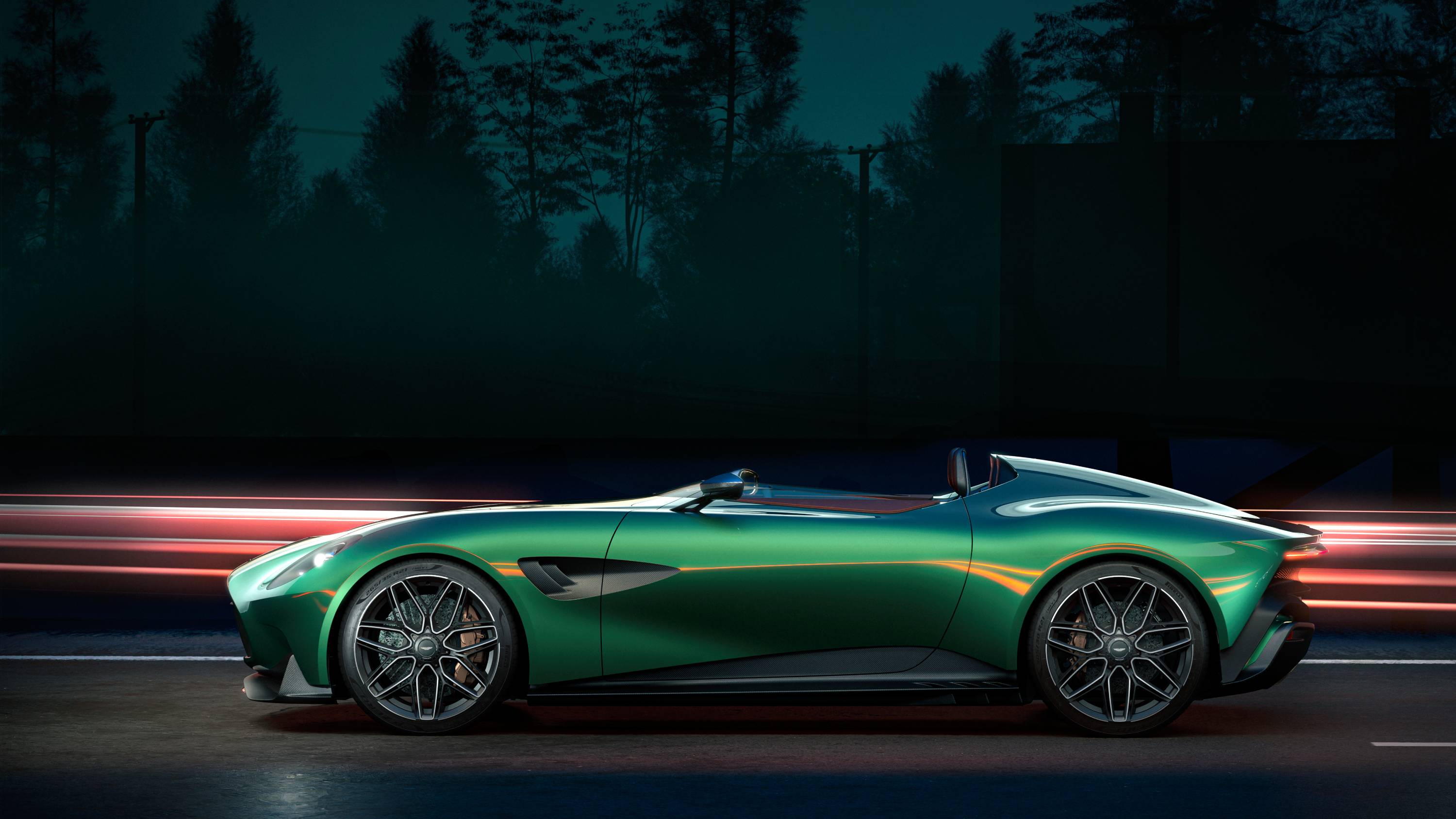

Aston Martin likes giving itself presents. It helps to have a customer base who is willing to pay for them but give the Warwickshire-based manufacturer the merest whiff of an anniversary, and it’ll whip up a car or two to celebrate. This time out, it's the Aston Martin DBR22. Shown here in a wistfully misty render alongside a pixel perfect depiction of the 1950s Aston Martin DBR1, the DBR22 currently exists only in the fevered imagination of a very, very limited group of select Aston Martin customers.
Rest assured it’ll make production, but you’ll need to be on first-name terms with the company to even be considered for a chance of owning one.
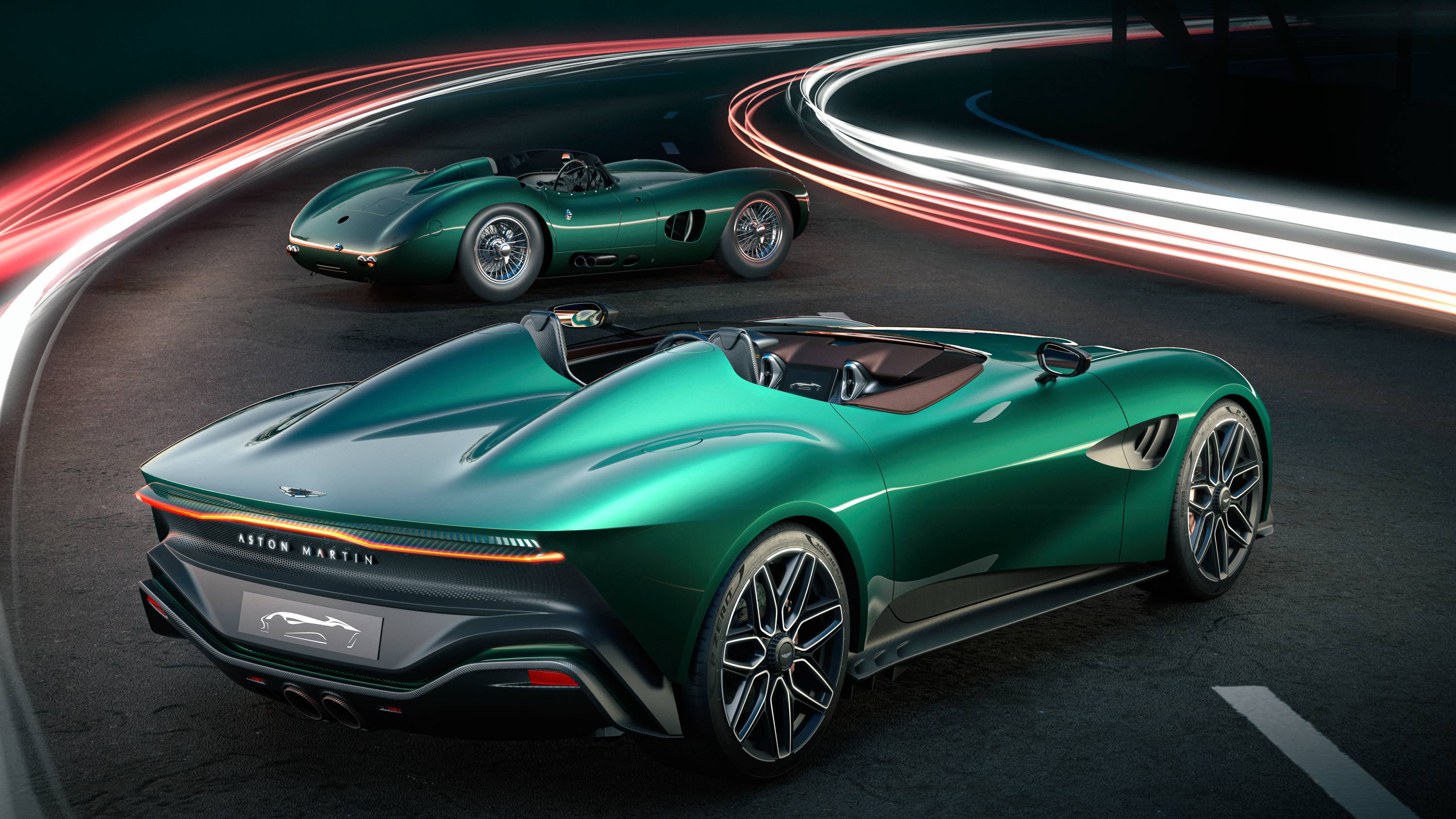
Aston Martin DBR22, with the 1950s DBR1 race car
For the past decade, the company has had a special in-house division dedicated to this kind of ultra-limited editions. Q by Aston Martin – the Fleming-esque allusion is entirely deliberate – is 10 years old, and the DBR22 is its birthday present from the brand.
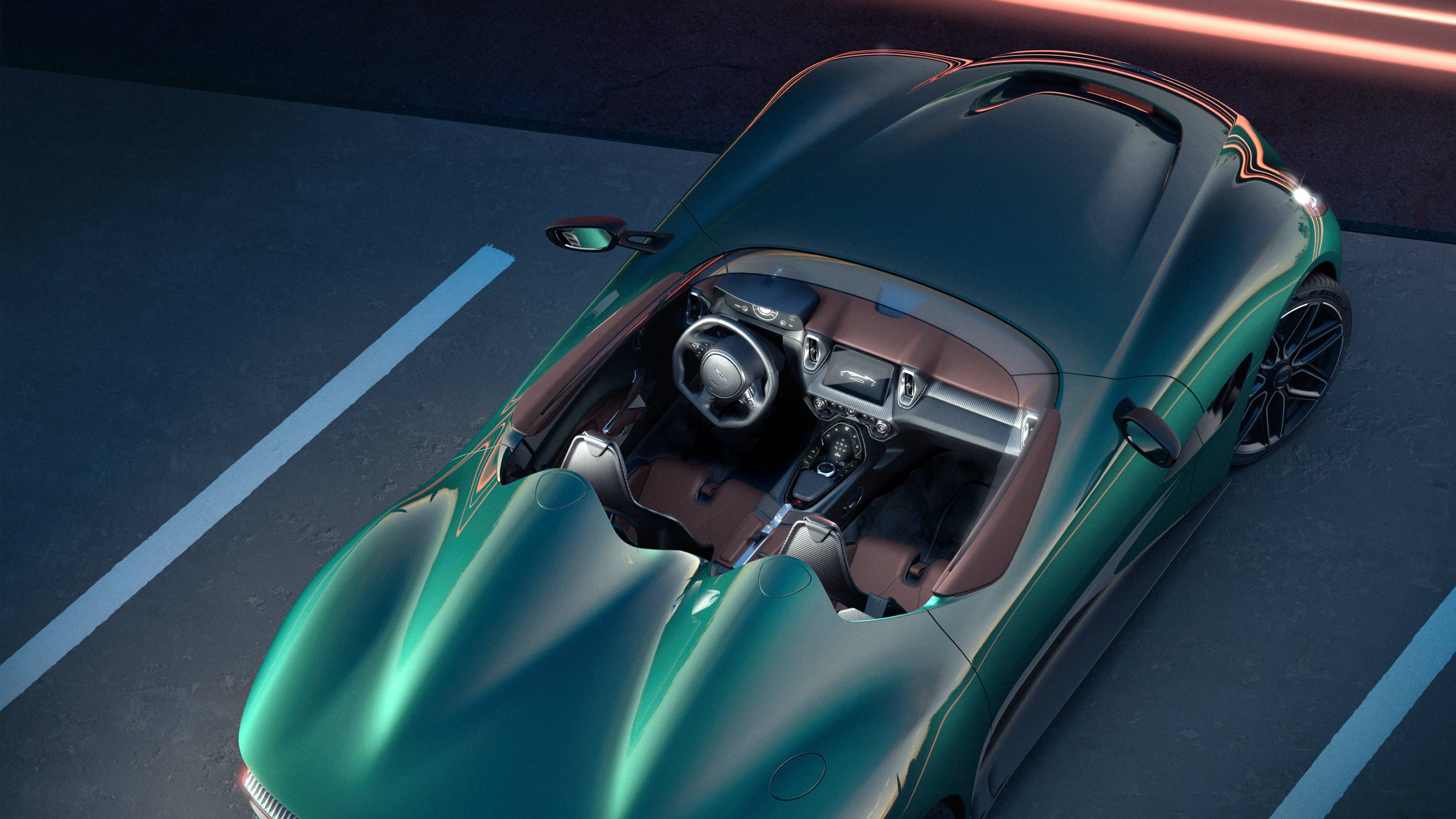
As well as more mundane activities, such as enhancing the stitch pattern on your headrests, Q creates limited editions. It takes production Aston Martins and gives them subtle tweaks and enhancements to lure in those who want their car to be even more individual. To mark that tenth anniversary, Q has created a special model that does a little bit of everything, a bespoke machine with unique bodywork and interior.
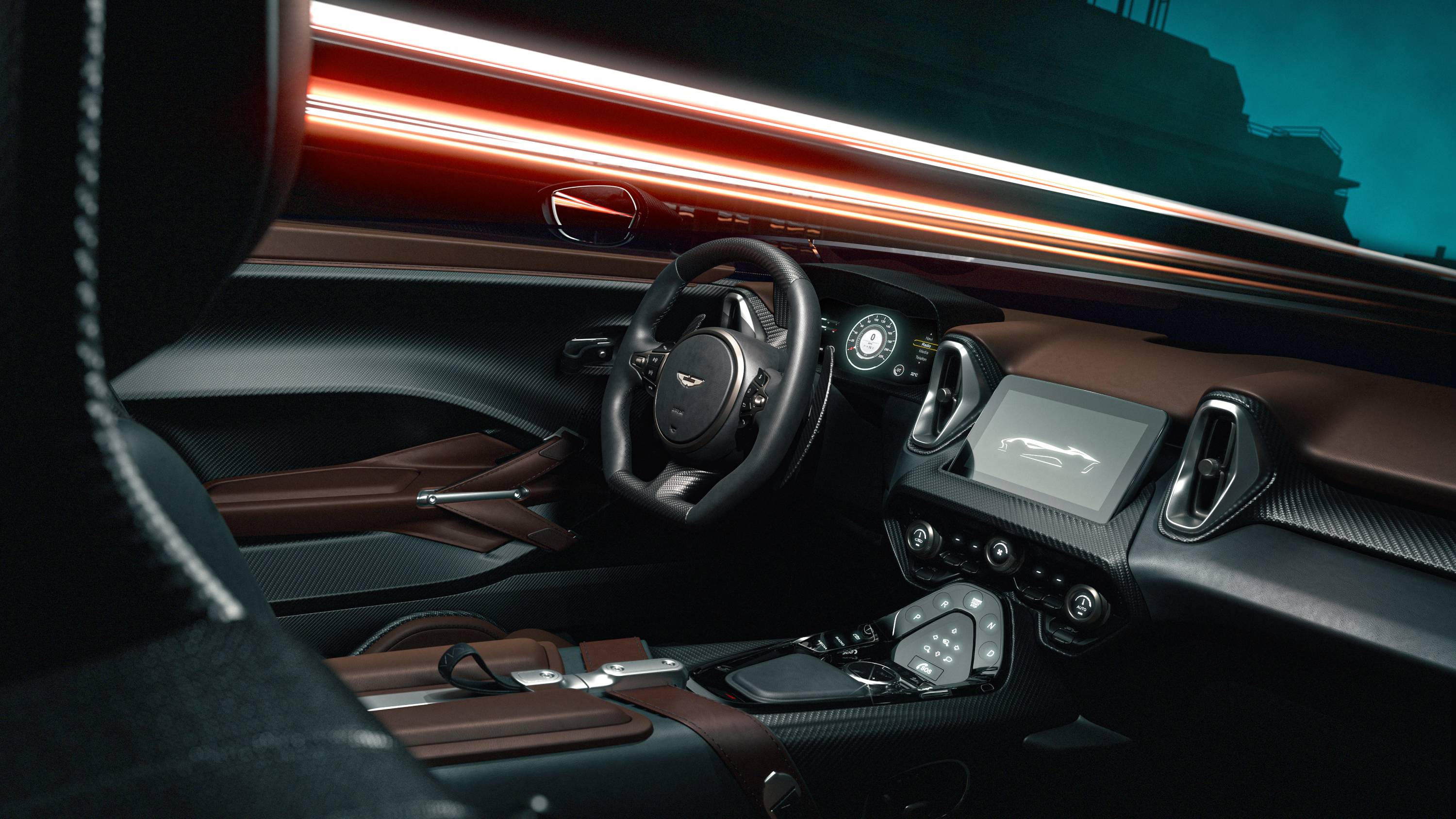
Aston Martin DBR22 interior
An open two-seater – there is no option for a roof – the DBR22 is the latest in a series of limited-edition speedsters the company originally made back in the 20th century. Aston kicked off with the bold CC100 concept in 2013, a 100th birthday present to itself that was ultimately built in an edition of precisely two cars.
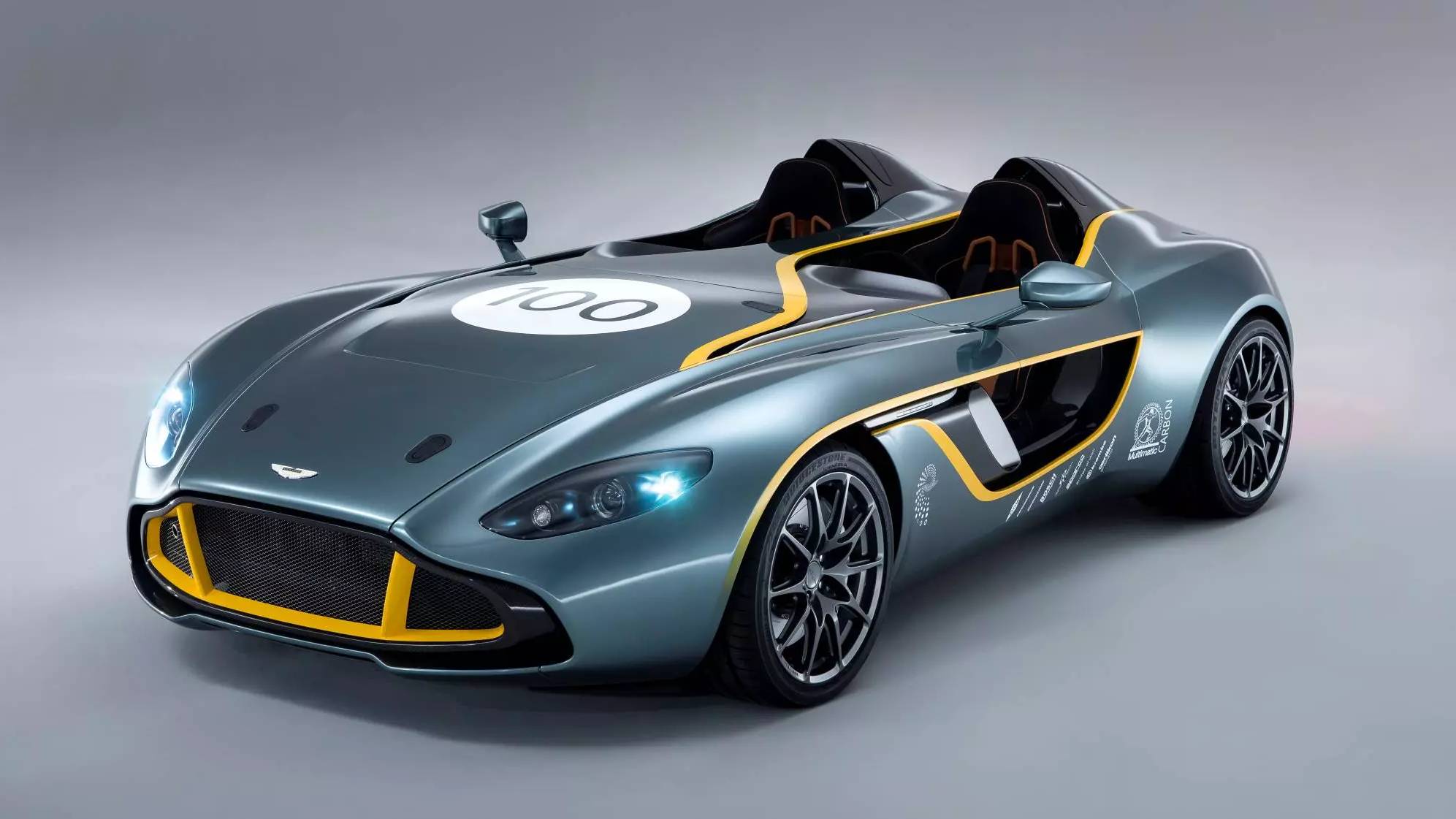
The first of the modern Speedster generation, the Aston Martin CC100
The long-running collaboration with Zagato saw a topless version of both the Vantage V12 Zagato, and the Vanquish Zagato Speedster, but the most and most extreme machine was the V12 Speedster, production of which only recently ended at Gaydon. Just 88 were built.
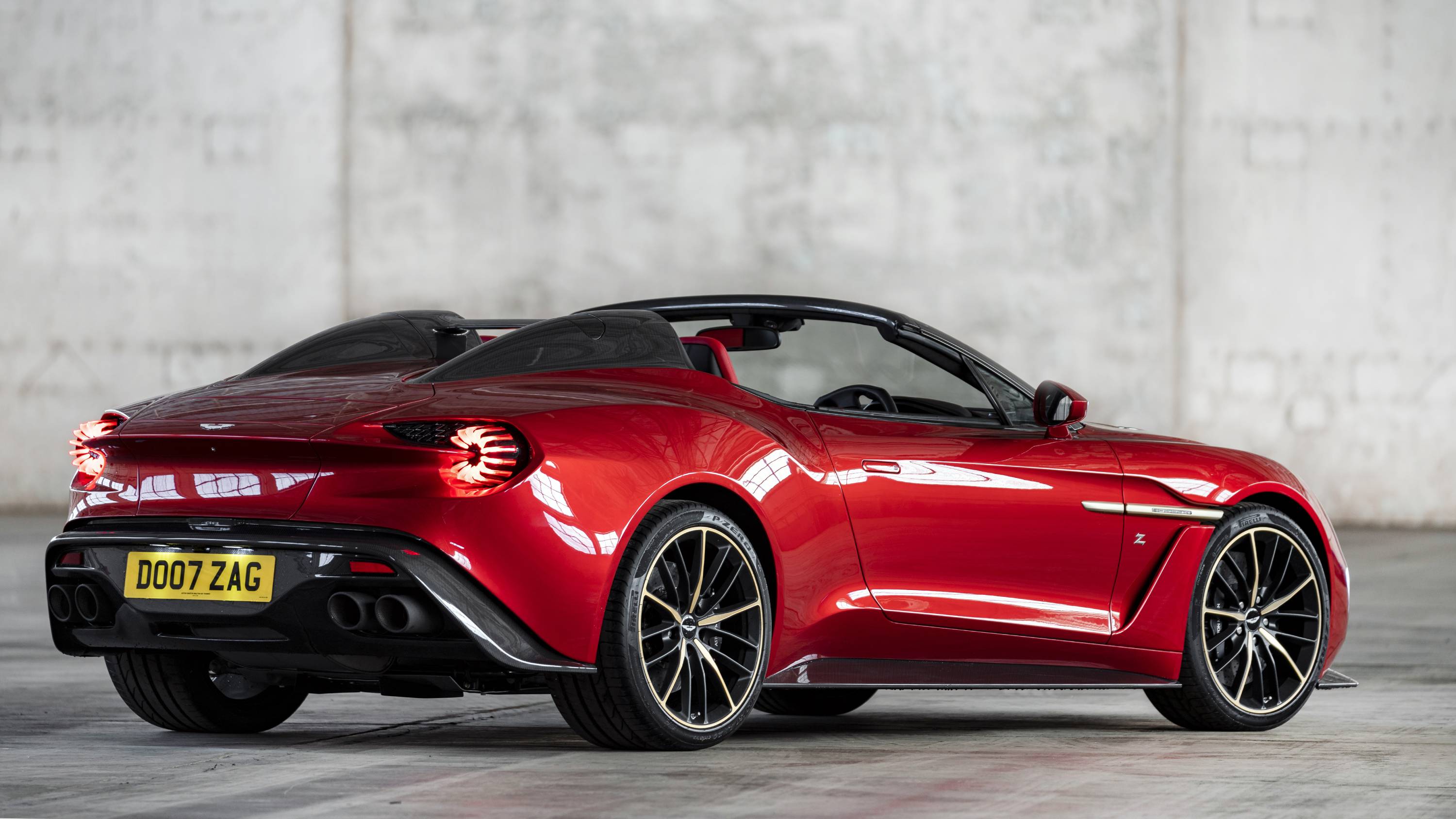
Italian style from the Aston Martin Vanquish Zagato Speedster
DBR22 is perhaps the best of the lot. Whereas the Vantage Speedster bore strong hints of its Vantage origins, DBR22 stands apart from the current range, with a newly defined nose, grille and headlights and an all-new interior. Twin nacelles evoke the design of the original race car, but here the cockpit is open, not sub-divided like in the V12 Speedster.
Sign up to the T3 newsletter for smarter living straight to your inbox
Get all the latest news, reviews, deals and buying guides on gorgeous tech, home and active products from the T3 experts
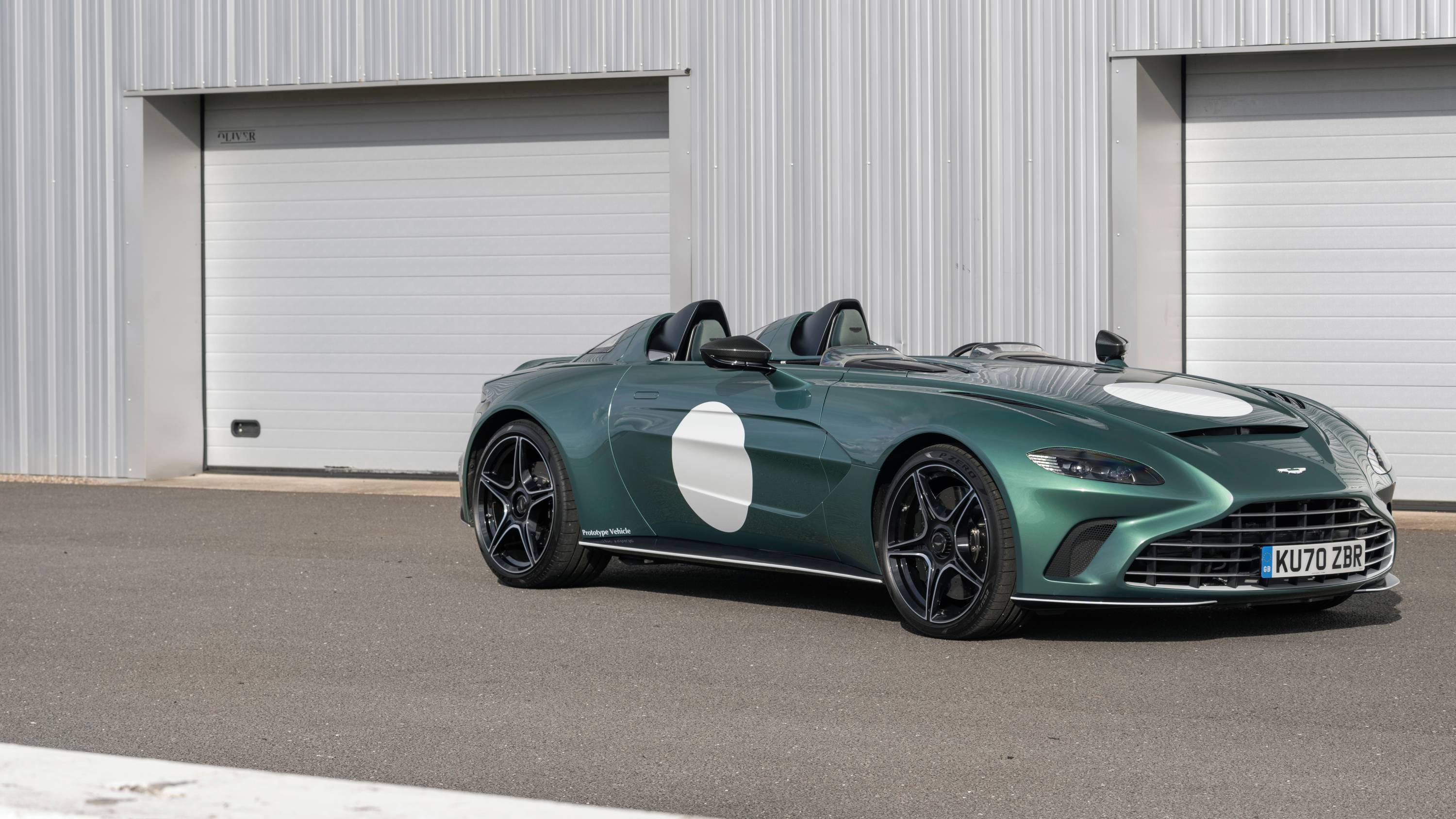
The DBR22's predecessor, the Aston Martin V12 Speedster
Jewel-like carbon fibre detailing is thoroughly practical for its lightness and strength, while the new tail features an integrated diffuser, and full-width LED light bar. You can expect certain aspects of this elegant machine to find its way into the v2.0 version of the current DB11 and Vantage, but neither will forgo a roof completely.
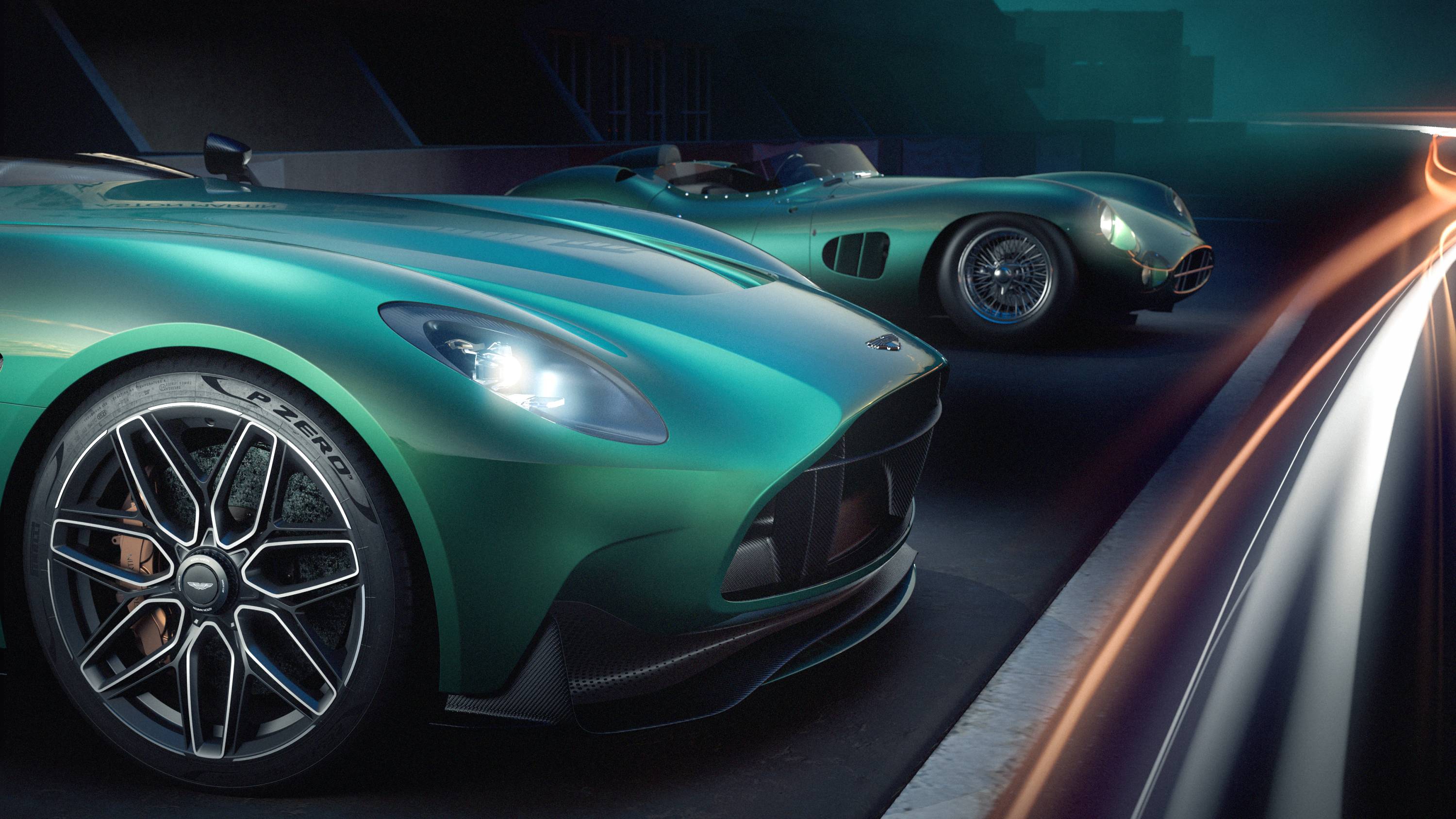
The DBR22 previews next generation styling and design
That wind-in-the-hair experience is what defines the DBR22. With Aston’s V12 engine at its heart, a projected top speed of 198mph and a snappy 3.4 seconds to 60mph, it’s not the fastest supercar ever built, but it’ll certainly be one of the most visceral. The parallels with the DBR1 aren’t just visual, they’ll be aural as well.
Although the DBR1 hailed from a belt-and-braces era of race car building, the design is one of the purest ever to grace a track. An evolution of the earlier DB3S, the DBR1 went on to win the 1959 24 Hours of Le Mans outright, driven by Carroll Shelby and Roy Salvadori.
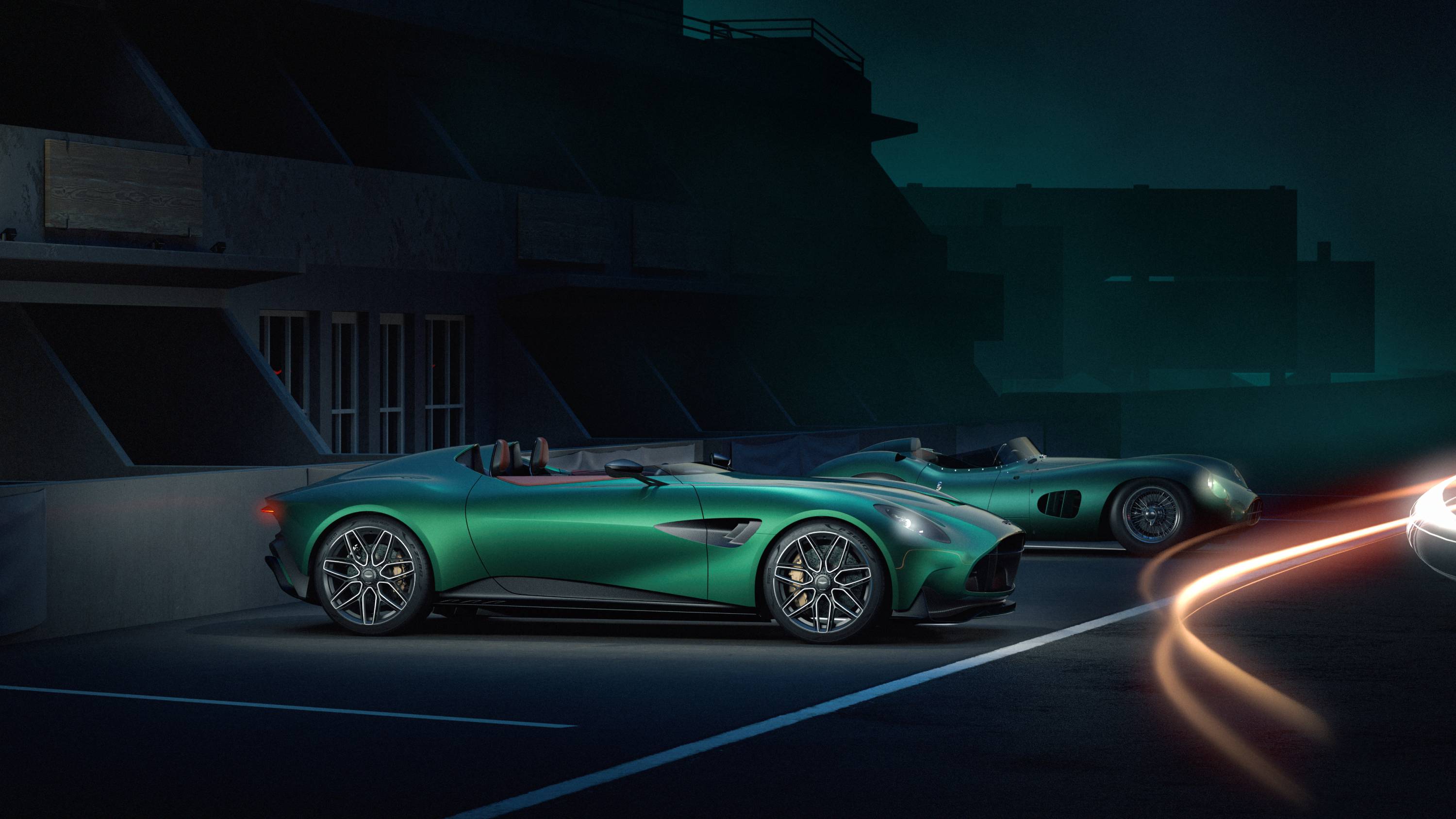
Aston Martin DBR22 and DBR1
Today’s high-tech production tolerances are somewhat more advanced, but the DBR22 will still require a substantial amount of careful craftsmanship.
The thick leather, meticulous paint finish, new wheel designs, and capability for customisation are all pushed to the fore, previewing a new era of personalised luxury. There are other tech innovations too, like a revised HMI and a special 3D printed aluminium rear sub-frame.
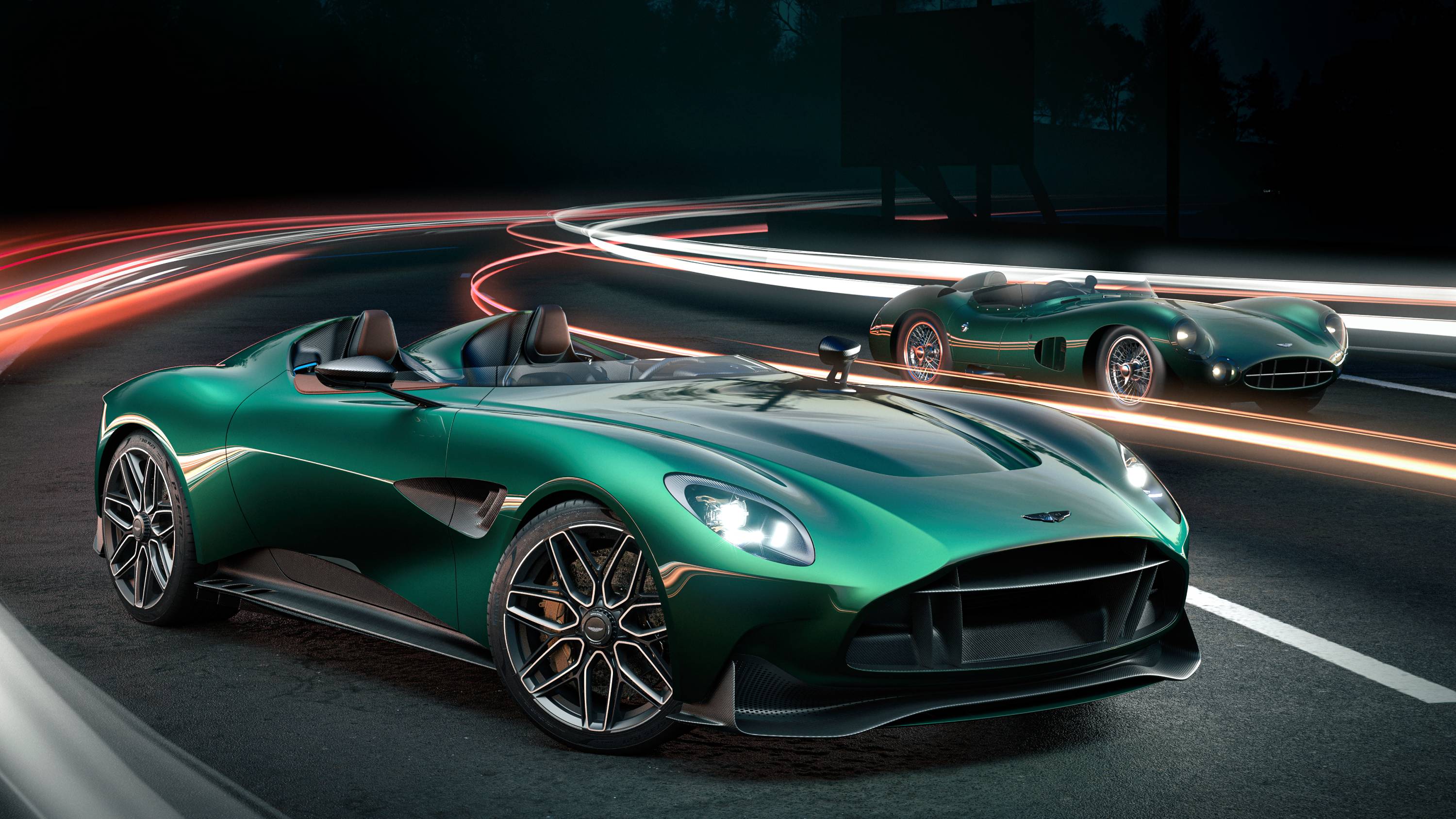
Aston Martin DBR22, alongside the Le Mans-winning DBR1
Revealed to the world at this year’s Pebble Beach Concours D’ Elegance in California, Aston’s Chief Creative Officer Marek Reichman describes the DBR22 as a “hot-blooded, purebred Aston Martin sports car full of speed, agility, and spirit. It’s a machine that we think will be the basis of many of tomorrow’s icons.”
The price? The old adage holds true, but V12 Speedsters started at around £765,000 and this could be more than twice that price.
This article is part of The T3 Edit, a collaboration between T3 and Wallpaper* which explores the very best blends of design, craft, and technology. Wallpaper* magazine is the world’s leading authority on contemporary design and The T3 Edit is your essential guide to what’s new and what’s next.

Jonathan Bell is Wallpaper* magazine’s Transport and Technology Editor, a role that encompasses everything from product design to automobiles, architecture, superyachts, and gadgets. He has also written a number of books, including Concept Car Design, 21st Century House, and The New Modern House. His interests include art, music, and all forms of ephemera. He lives in South London with his family.


